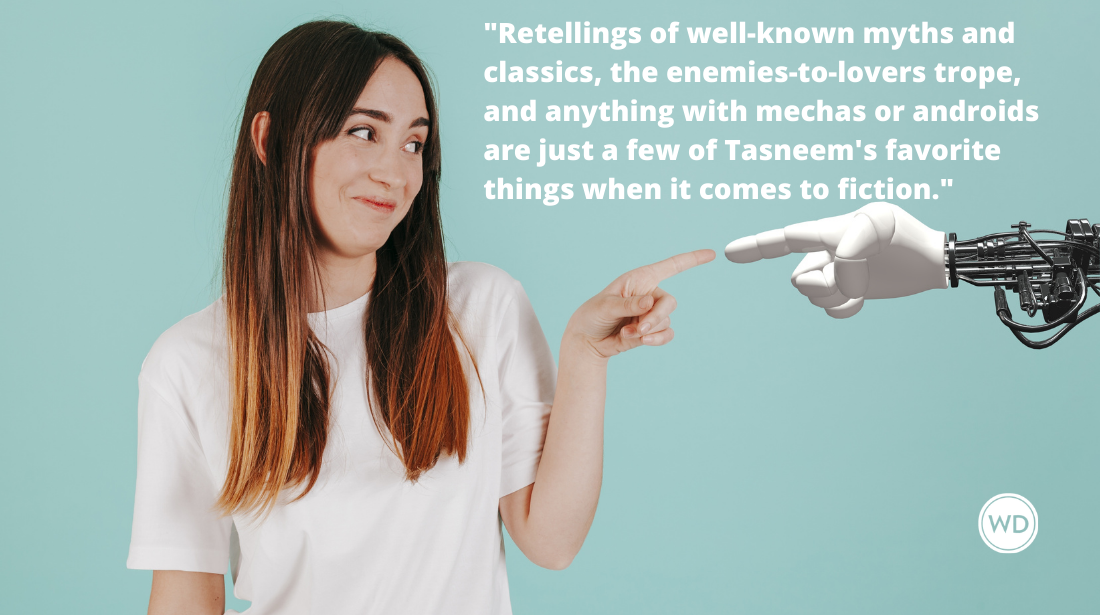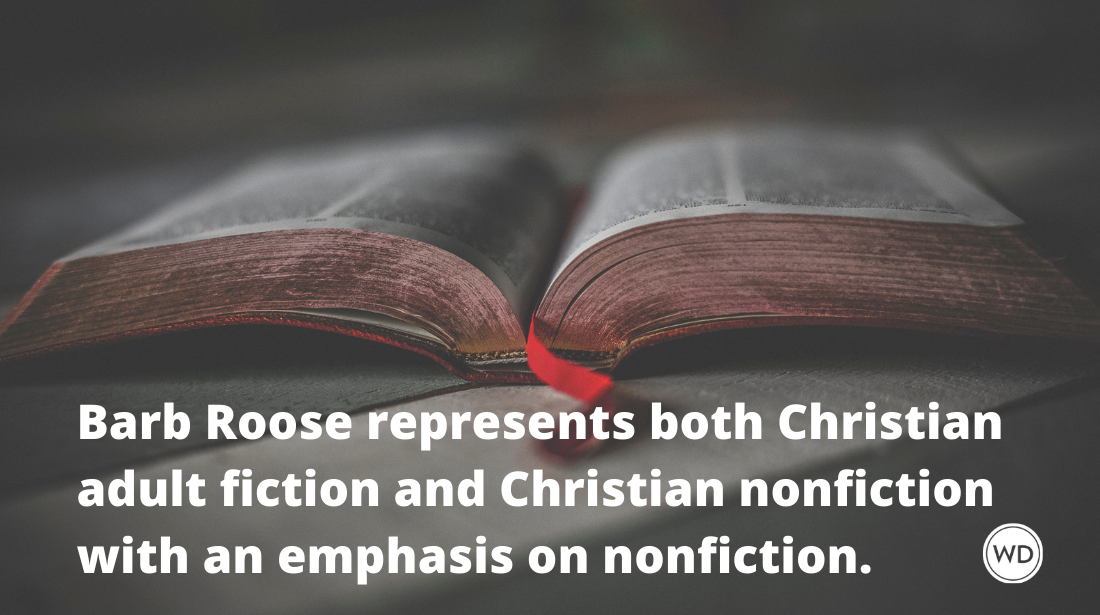Story Problems? Maybe You Need a Good Piece of Device
Alison Atlee, author of THE TYPEWRITER GIRL (represented by literary agent Emmanuelle Morgen), explains how fixing your novel may be easier than you think.
Aaron Sorkin had a story problem: how could you get real news on a fictional news show? “My big worry,” he told Fresh Air’s Terry Gross, “was making up the news...that it was going to take us too far away from reality.”
He was about to give up on developing The Newsroom for HBO when footage from the 2010 BP Gulf oil spill prompted the solution to his dilemma: set the series in the recent past. It was a device, a contrivance, that made the series premise work and moved Sorkin past his block...
Order a copy of Alison Atlee's The Typewriter Girl today.
Amazon
[WD uses affiliate links.]
Devices are as much for the reader as for the writer. Ever seen one of those cupcake shows on television? A baker doesn’t send hundreds of cupcakes to a Gone With the Wind anniversary party all alone. No, they come with a hoop skirt-shaped display table, and once everything is in place, they are no longer just party fare; those cupcakes are iconic.
“Iconic” is the word Laura Whitcomb uses to explain the construction that is the story device in her book Novel Shortcuts, saying that devices allow the reader “a deeper experience of the story.” Whitcomb notes that devices can be obvious to the reader, or so subtle that most readers won’t notice them.
For the writer, a story device works like a theme or color scheme does for a party planner: it provides inspiration, structure, and boundaries. Like a party theme, a device is an optional element, but used well, it can make the whole endeavor more special and memorable.
Without the construct of the celestial conversation between Clarence and Joseph in It’s a Wonderful Life, the stakes of George Bailey’s life story are a little lower. M.T. Anderson’s The Astonishing Life of Octavian Nothing gains historical authenticity because the author makes use of 18th century genres, including slave narratives and broadsheets. The discoveries made during a manuscript conservation allow readers to live multiple stories across many centuries in The People of the Book by Geraldine Brooks.
All devices. As a storyteller, you know a good one when you see it. But if you haven’t intentionally studied story devices and how to use them effectively, here are a few things to keep in mind:
Find your device early in your planning or drafting process. Laura Whitcomb included devices in a book about first drafts for a reason. In The Anatomy of Story, John Truby puts the device fourth in a twenty-two step process. He uses the term “designing principle,” and while we can debate whether he means a precise synonym for “device,” it’s clear from the word “designing” and from its early appearance in the process that this element should be groundwork for your story.
Remember Aaron Sorkin: Once he had his “recent past” device, he undoubtedly knew his next step was to choose the time period. That decided, he had a wealth of material where he previously had a gaping hole. A strong device guides you, first draft to last.
That said, it’s never too late. What, you wrote an entire novel with no device? Me, too. But when my agent asked if we could come up with a new title for submission, her suggestion, The Typewriter Girl, actually led me to two devices. One was subtle, a career ladder that echoed my main character’s personal, inner journey. That device guided me as I revised, following my agent’s advice to “open the story up.”
The new title also inspired me to find an 1890s typing guide, which I eventually used for chapter epigraphs. That’s an overt device mainly for the reader, though it did force me to study my chapter structure and the turning points of my scenes.
Like all constructed things, devices can break. They wear out, they explode, they succumb to a basic design flaw or outlive their usefulness. You may come to a point where the device is restricting the story rather than helping to tell it. You may need to make the call to rebuild your device or let it go altogether.
But we do that sort of thing all the time as writers, don’t we?
For more on story devices, I heartily recommend the craft books I mentioned earlier: Laura Whitcomb’s Novel Shortcuts: Ten Techniques that Ensure a Great First Draft (Writer’s Digest Books) and John Truby’s The Anatomy of Story (Faber and Faber).
Alison Atlee is the author of the debut historical novel, THE TYPEWRITER GIRL (Gallery Books, Jan. 2013). Find Alison on Twitter. Alison Atlee spent her childhood re-enacting Little Women and trying to fashion nineteenth century wardrobes for her Barbie dolls. Happily, these activities turned out to be good preparation for writing historical novels. She now lives in Kentucky.







